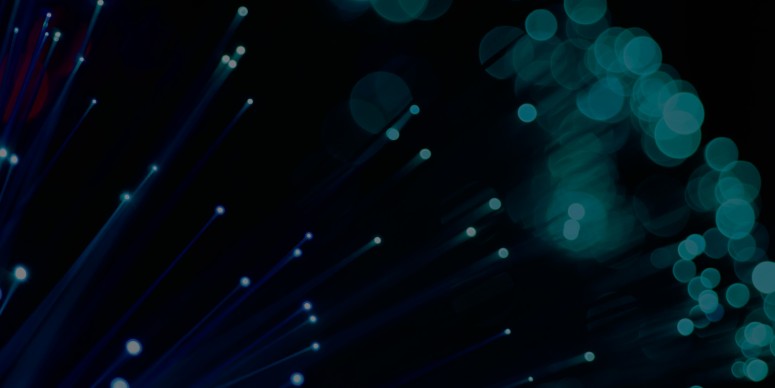In today's post, Oriol Rius, an international IIoT Consultant and the director of Global Master's in Industrial Internet of Things presents the practical applications of Cloud, Edge and Fog Computing in the IoT environment. When things are connected to the cloud to manage their data in a centralized way, some challenges become critical. It doesn't always make sense to move all the data to the cloud and there are some cases where response time is critical. In those cases, distributing computational capacity is the solution, and there are two main ways of doing that
using edge or fog computing. Complex solutions like those have hidden technical costs and some use cases will help to start evaluating
the viability of edge computing in your business.When we talk about the Internet of Things, we often think that the only possible architecture is that of many devices spread around the world and connected to the cloud in an almost magical way. But when we focus on the industrial world, things get complicated.
Often the machines we connect move immense amounts of information, and moving all of that information to the cloud is challenging in many ways. But the worst thing is that in many cases, despite solving the challenge, we don't get what we want. In other words, get a response fast enough to give value with the information collected.
So, the paradigm of connecting things to the cloud to enjoy a large centralized data lake is not always the solution. This is the context in which Edge and Fog computing begin to be discussed. Basically, the difference between the two is very subtle. Since
in both cases we talk about distributing the computing capacity.We refer to Edge computing
when the data collected or processed remains on the device that has made the sensor readings, or
on the IoT Gateway. If we add data processing capacity at this point, it is when it comes to Edge computing. It is very useful when the data must alter behaviors related to the real-time operation of the machines.When computing is distributed and we leave the data processing capacity in the local network where the device connected to the sensor is located, it is when we talk about Fog computing. Typically the
use of this data focuses on parameterization changes between orders assigned to production lines or other use cases that do not imply a reaction as fast as the Edge, but that a very low latency on large amounts of information is still crucial.If we are already processing the data with Edge and/or Fog computing, why do we need the Cloud? Data processed and consolidated in distributed computing is typically sent to
centralized data lakes in the cloud to be treated as cold data. But they are also used to analyze them at another level, typically
for more strategic purposes and with a business vision.When we have transport fleets,
the number of assets to be monitored grows exponentially. From the vehicles to the packages to be transported, passing through the transport conditions as part of the tracking of the packages, for example, the environmental conditions in cold transport.
For this type of IoT solutions, t
elecommunications carriers are often used to reach the cloud, where all the received data is centrally processed and analyzed. In addition to using this information to improve carrier routes and to inform customers that they expect their packages.Sensorizing and analyzing the data generated by a hydraulic press in order to
predict its malfunction or simply understand why it is operating suboptimally in the pressing of parts is a task that may need to process vast amounts of information. The best solution in these cases is to
process all the data on the same machine and analyze it as quickly as possible, showing the machine operators what actions they can take. This is a typical scenario for using Fog computing.In many factories, production lines are used that handle different elements until they end up assembling a product and preparing it for shipment. In these production lines, quality control before packaging is essential. But often observing the problem does not allow us to identify which of the systems, or steps, of the line have failed. Therefore, being able to closely monitor each of the steps is essential.
Processing this data on the local network greatly simplifies the supervision and improvement work of the plant manager. Sending the data to the cloud apart from the volume of information would introduce a new point of failure that a factory cannot afford. Thus, the tracking of a production line would be a typical case that is solved with edge computing.
Learn more about the uses of the Internet of Things in the industrial world and open your business to new opportunities!
Oriol Rius
Academic Director of the Global Master's in Industrial Internet of Things
IIoT Consultant at Oriol Rius
